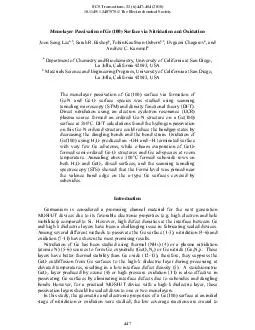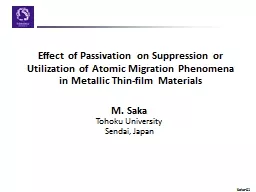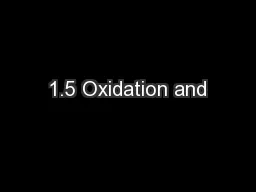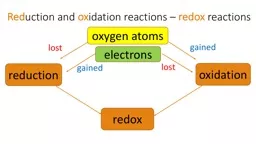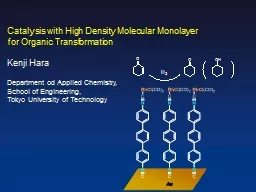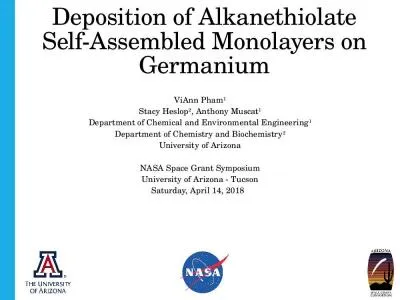PDF-Monolayer Passivation of Ge Sur face via Nitridation and Oxidation Introduction ECS Transactions
Author : luanne-stotts | Published Date : 2014-12-22
114913487575 57513 The Electrochemical Society 447 brPage 2br Experimental Details Results and Discussion ECS Transactions 33 6 447454 2010 448 brPage 3br 15 10
Presentation Embed Code
Download Presentation
Download Presentation The PPT/PDF document "Monolayer Passivation of Ge Sur face via..." is the property of its rightful owner. Permission is granted to download and print the materials on this website for personal, non-commercial use only, and to display it on your personal computer provided you do not modify the materials and that you retain all copyright notices contained in the materials. By downloading content from our website, you accept the terms of this agreement.
Monolayer Passivation of Ge Sur face via Nitridation and Oxidation Introduction ECS Transactions: Transcript
Download Rules Of Document
"Monolayer Passivation of Ge Sur face via Nitridation and Oxidation Introduction ECS Transactions"The content belongs to its owner. You may download and print it for personal use, without modification, and keep all copyright notices. By downloading, you agree to these terms.
Related Documents

